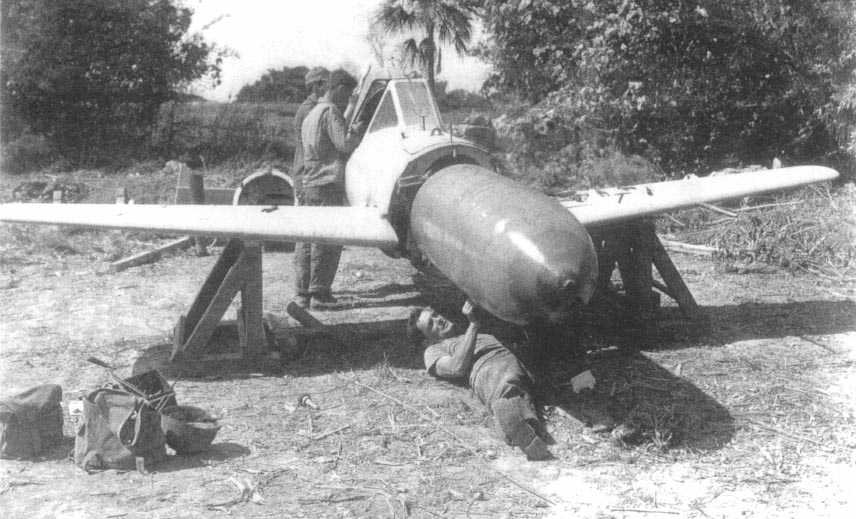A deep-lying wreck-site has been identified as that of the first US Navy warship to be sunk by a WW2 Japanese terror weapon – the human-guided rocket-bomb. The destroyer USS Mannert L Abele was found north of Okinawa, the US Naval History & Heritage Command (NHHC) has announced.
Also read: How 100m+ divers identified lost aircraft-carrier
The wreck was discovered and identified at a depth of around 1,400m by the Lost 52 Project team run by undersea explorer Tim Taylor, CEO of Tiburon Subsea, on a mission to recover all 52 US submarines lost during WW2. They informed the NHHC’s Underwater Archaeology Branch of their discovery.
“Mannert L Abele is the final resting place for 84 American sailors who made the ultimate sacrifice in defence of their country,” said NHHC director Samuel J Cox. “My deepest thanks and congratulations to Tim Taylor and his team for discovering this wreck-site. Its discovery allows some closure to the families of those lost, and provides us all another opportunity to remember and honour them.”
The Allen M Sumner-class destroyer, named after WW2 US naval hero Mannert Lincoln Abele and ID-numbered DD-733, had been launched in April 1944.
Commanded by Cmdr Alton E Parker, the vessel was 115m long, had a top speed of 34 knots and carried a complement of 336. She was armed with six 5in, twelve 40mm, and eleven 20mm guns and ten 21in torpedo tubes, six depth-charge projectors and two depth-charge tracks.
Aircraft on the radar
On 12 April, 1945, Mannert L Abele was operating in the East China Sea 75 miles north of Okinawa when Japanese aircraft appeared on her radar. The destroyer’s guns were reported to have damaged multiple aircraft before one pilot managed to crash into the aft fire-room on the starboard side.
A minute later, the ship was hit at the waterline by a Yokosuka MXY-7 Ohka (Cherry Blossom) rocket-powered human-guided bomb, the explosion rapidly buckling the vessel’s bow and stern and causing her to sink. The first of three radar picket ships hit by kamikaze bombs, the destroyer would receive two battle stars for her war service.

The Ohka rocket-bomb, described by the NHHC as one of the first “cruise missiles”, was less than 6m long with a 5m wingspan and could reach speeds of up to 425mph in level flight and 600mph in a dive.
Typically carried beneath Mitsubishi G4M2 Betty bombers, the bomb pilots would detach and glide towards a target before switching on the three solid-fuel rockets and attempting to guide their 1,200kg warhead into the vessel, their high speed making them difficult for Allied gunners to shoot down. US sailors called them baka – Japanese for “fool”.
Also on Divernet: Stickleback sub found at 3.3km, Another iconic sub located deep off Hawaii, How Darkstar divers found destroyer at 115m, Exploring the WW2 destroyer USS Aaron Ward

